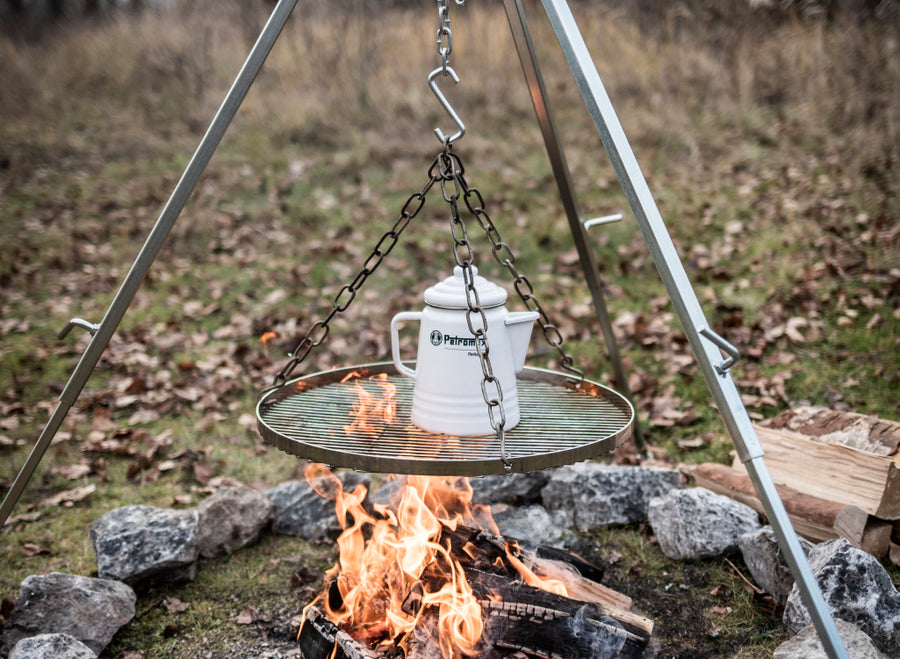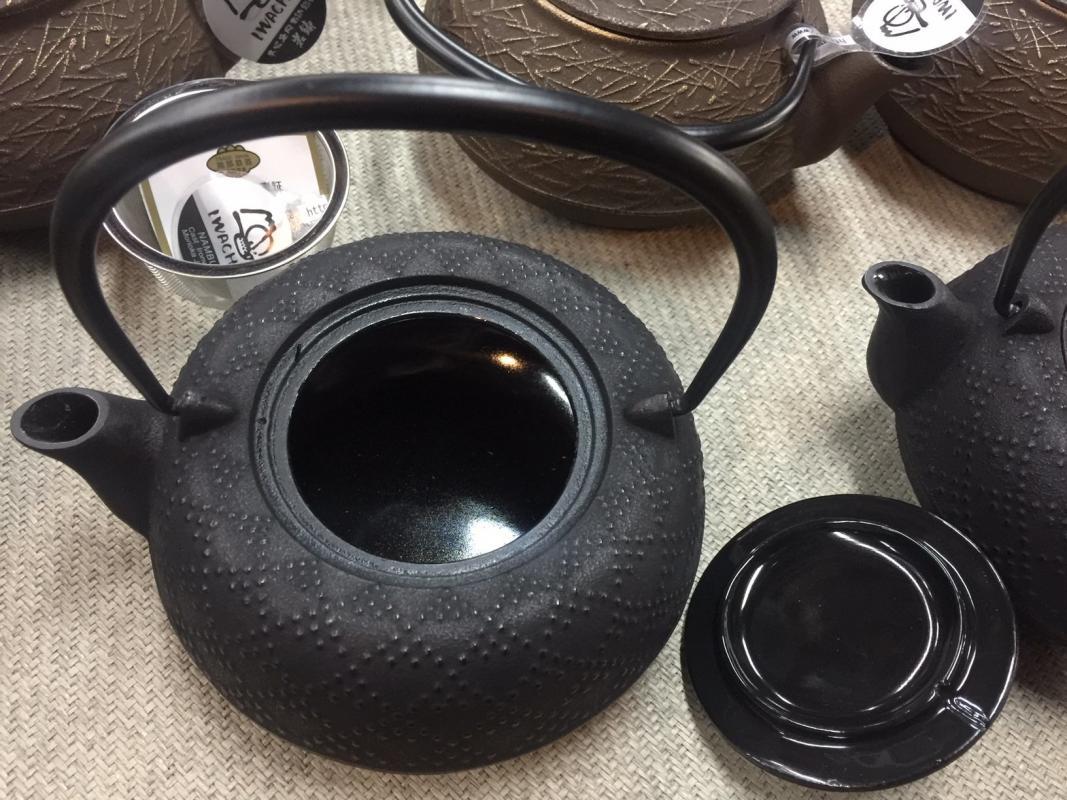For kitchen professionals, achieving excellence in culinary techniques is not just about having the right skills but also about using the right equipment. One such timeless piece of equipment is the cast iron kettle. Within this step-by-step guide, well explore the nuanced art of using a cast iron kettle to its greatest potential, ensuring you extract maximum flavor and performance in every use.

Understanding the Importance of a Cast Iron Kettle
Before diving into the specifics, lets talk about why cast iron kettles are valued by culinary experts. Cast iron is renowned for its even heat distribution and retention properties, making it perfect for brewing robust, flavorful teas or crafting stews and broths. It offers unparalleled durability, and with the proper care, it can last for generations. Kitchen professionals love it for its versatility and reliability. For more insights on kitchen tools, explore choosing the best pie iron for your needs.
Preparation and Seasoning
The journey with a cast iron kettle begins with preparation. Properly seasoning a cast iron kettle is crucial to prevent rust and to ensure a non-stick surface. Start with cleaning the kettle with mild soap and water. Once thoroughly dried, apply a thin layer of vegetable oil or any similarly high-smoke point oil. Place it on a stove over medium heat to allow the oil to polymerize and create a protective coating. The oil fills the minute pores in the iron, creating a smooth surface. For more on the interplay of oils in cooking, read about olive oil and avocado oil.
The Art of Brewing with a Cast Iron Kettle
Using a cast iron kettle isnt just about practicality; its a skill that enhances the natural aroma and flavor of any item you choose to brew. Whether you're making tea, coffee, or any other infusions, heres how to proceed:
- Fill the kettle with fresh, cold water. Its best not to use hot water as starting with cold water lets the flavors develop gradually as the temperature rises.
- Place the kettle on your stovetop and heat on medium high heat.
- Once the water reaches your desired temperature, accurately measured using a culinary thermometer, add your chosen ingredients, be it loose leaf tea or coffee grounds.
- Cover with a lid and let it steep; the duration depends on what you are brewing. This step allows the flavors to be absorbed thoroughly.
Unleash the kettles prowess and see how the cast iron teapotdiffers in brewing style.
Mastering the Cleaning and Maintenance Process
Proper maintenance of your cast iron kettle is as important as using it. Never allow it to remain wet for extended periods as this can lead to rust. Instead, clean it immediately after use with warm water and a soft brush. Avoid using harsh detergents or putting it in a dishwasher as this may strip the kettles protective seasoning. After cleaning, dry the kettle with a soft cloth and reapply a light layer of oil to maintain its condition.
Exploring Additional Uses
Cast iron kettles are not just for brewing - their versatility extends to cooking. Bring out the robust flavors in stews and other slow-cooked dishes, perfectly complements your culinary skills. For example, give the classic Moroccan Tajine recipes a delightful twist using the kettle. The even heat distribution ensures that every ingredient is cooked to perfection.
Conclusion
Mastery of the cast iron kettle comes with practice and a keen understanding of its unique properties. By incorporating the steps and tips mentioned in this guide, kitchen professionals can not only enhance their culinary repertoire but also ensure their cast iron kettles remain a steadfast part of their kitchen inventory for years to come.

FAQ
Why is seasoning a cast iron kettle crucial?
Seasoning prevents rust and provides a non-stick surface, enhancing the kettle's performance and longevity.
Can I cook directly in my cast iron kettle?
Yes, cast iron kettles can be used for cooking stews and soups, offering even heat distribution.
How frequently should I re-season my kettle?
It's advisable to re-season it regularly if used often, or at least after cleaning with soap.
This article contains affiliate links. We may earn a commission at no extra cost to you.






Leave a comment
This site is protected by hCaptcha and the hCaptcha Privacy Policy and Terms of Service apply.